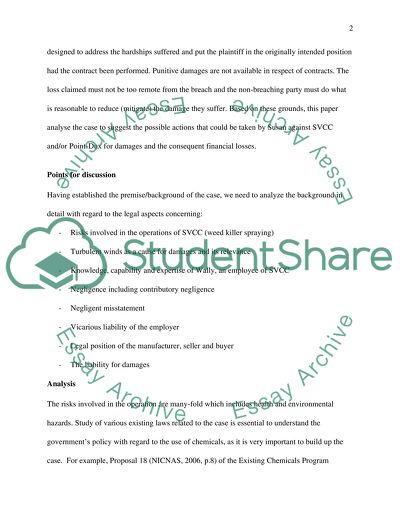Cite this document
(“Contract law:remedies available to Susan Essay Example | Topics and Well Written Essays - 2750 words”, n.d.)
Retrieved from https://studentshare.org/law/1404783-contract-lawremedies-available-to-susan
Retrieved from https://studentshare.org/law/1404783-contract-lawremedies-available-to-susan
(Contract law:Remedies Available to Susan Essay Example | Topics and Well Written Essays - 2750 Words)
https://studentshare.org/law/1404783-contract-lawremedies-available-to-susan.
https://studentshare.org/law/1404783-contract-lawremedies-available-to-susan.
“Contract law:Remedies Available to Susan Essay Example | Topics and Well Written Essays - 2750 Words”, n.d. https://studentshare.org/law/1404783-contract-lawremedies-available-to-susan.


